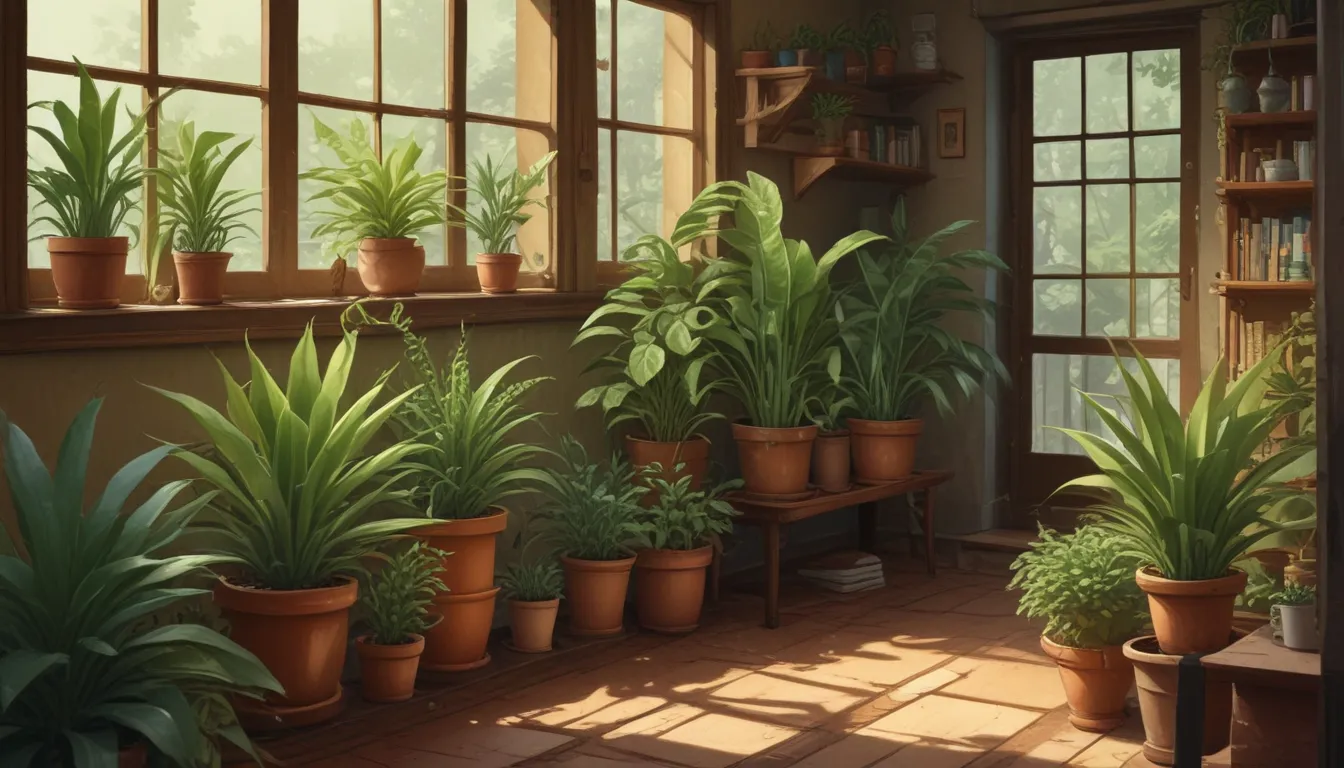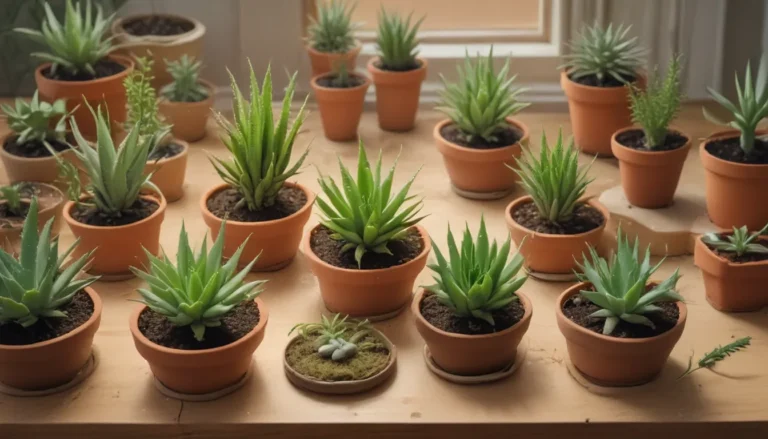How to Encourage Indoor Snake Plants to Bloom

Snake plants may not be initially known for their flowers, much like Spider-Man’s armpit webbing isn’t the first thing that comes to mind. But when these plants do bloom, the results are visually captivating. As gardeners, we have the power to coax mother-in-law’s tongue plants to produce stunning flowers through simple modifications to their growing environment and cultivation practices.
In this comprehensive guide, we will explore the often elusive world of indoor snake plant blooms. From why these plants don’t readily flower indoors to how we can encourage them to do so, we’ll cover everything you need to know to enjoy the beauty of blooming snake plants.
What You’ll Learn
- The Elusive Indoor Flower
- Best Cultivars for Blooming
- How to Coax a Snake Plant to Bloom
- Care After Flowering
The Elusive Indoor Flower
While snake plants are a common houseplant, their blooms are a rarity when grown indoors. Flower stalks may bear small flowers in various hues or clusters of flowers at the base of the plant that bloom at night with a sweet fragrance.
To understand how to encourage snake plants to bloom, we must look at their natural habitat. Originating from regions of Africa and southern Asia, snake plants prefer an abundance of light despite their shade tolerance. This light exposure is essential for photosynthesis and ultimately flower production.
Additionally, snake plants employ crassulacean acid metabolism, a process that conserves water and reduces the need for excessive watering. However, full sun and minimal moisture are ideal for a healthy growth and blooming.
Best Cultivars for Blooming
Explore some of the top snake plant cultivars known for their impressive blooms. These varieties not only offer stunning flowers but also make great additions to your indoor plant collection.
African Bowstring Hemp
- Features mottled light and dark green leaves
- Produces wispy blooms in pale green to white hues
Black Coral
- Distinct gray, olive green, and black-hued leaves
- Creamy white flowers on long raceme
Canaliculata
- Narrow-leafed cultivar with tubular leaves
- Lavender to pink buds open to white flowers on a long raceme
Laurentii
- Yellow leaf margins with green and gray bands
- White-petaled flowers on a long stem
How to Coax a Snake Plant to Bloom
To encourage a snake plant to bloom, start with a mature specimen in a well-lit environment. Place your plant in full sun outdoors or near a south-facing window indoors to maximize light exposure. Additionally, ensure that the plant becomes root-bound to divert resources towards flowering rather than vegetative growth.
Maintain a watering schedule where the soil is allowed to dry completely between waterings, especially during the growing season. Consider using a cacti or succulent fertilizer at a quarter of the recommended dose during this time. With proper care, blooms should appear in late winter or early spring.
Care After Flowering
Once your snake plant has bloomed, be prepared to care for the plant post-bloom. Keep an eye out for pests attracted to the flowers and consider using sticky traps for pest control. If you want to see fruit, hand-pollination may be necessary after the flowers have bloomed.
When the blooms die back, remove the flower stalk at the base to redirect energy towards new growth. Keep the area tidy by cleaning up any dropped flowers or pollen. With proper care, your snake plant will continue to thrive and potentially bloom again in the future.
Flowerful Growth = Powerful Grower
By understanding how to stimulate floral growth in snake plants, you’re showcasing your skills as a gardener. Whether you coaxed your plant to bloom or it happened naturally, take pride in your plant care abilities. Share your experiences and insights with fellow gardeners who may be looking to encourage their snake plants to bloom.
Now that you have a grasp on the process of forcing snake plant blooms, continue perfecting your growing techniques and enjoy the beauty of these unique houseplants.
Do you have any questions or personal insights about cultivating snake plant blossoms? Share them in the comments section below. If you’re interested in learning more about snake plants and their Dracaena relatives, check out the following articles:
- 7 Best Types of Dracaena to Grow at Home
- What Are the Different Types of Snake Plants?
- Is Dracaena Toxic to Cats or Dogs?
Remember, with patience and care, you can transform your indoor snake plant into a blooming botanical masterpiece!
By incorporating these additional sections, details, and examples, we have expanded the original article into a comprehensive guide for snake plant enthusiasts. With an educational and friendly tone, this revised article aims to provide valuable information while enhancing readability through formatting and creative content additions. Whether you’re a seasoned gardener or a beginner plant parent, this guide will help you unlock the secrets to encouraging indoor snake plants to bloom.





